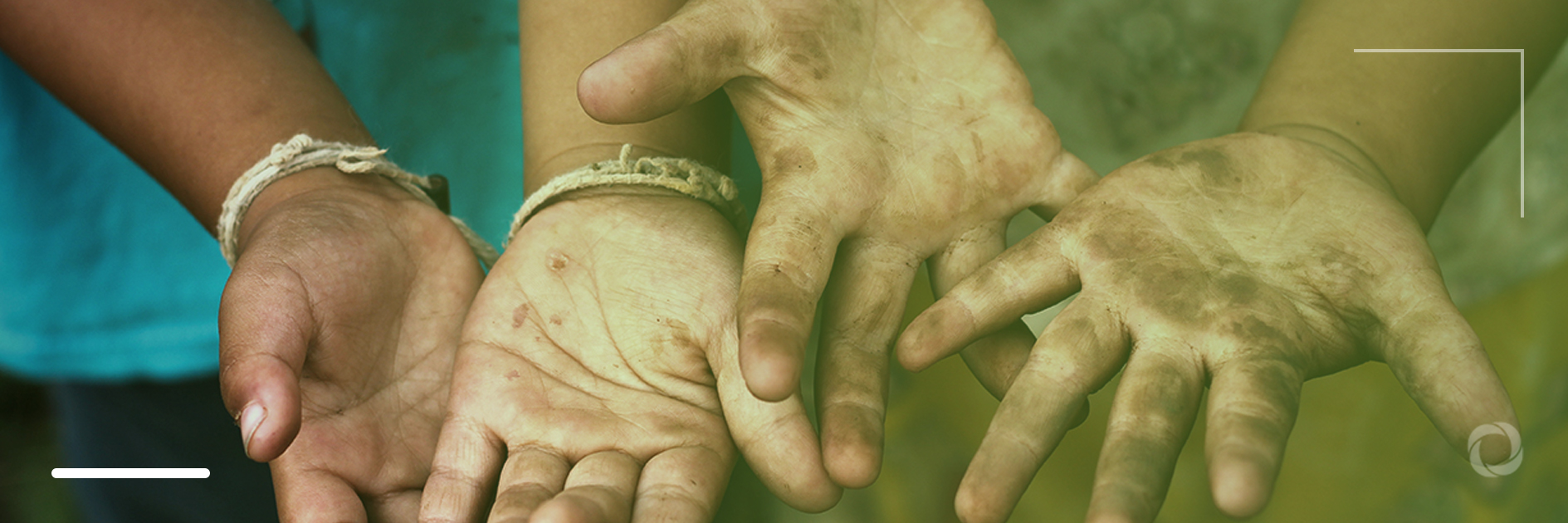Although Nepal has experienced a decline in child labor over the last two decades, a report titled Nepal Child Labour Report 2021, released on April 29 by the International Labour Organization (ILO) Nepal and the Central Bureau of Statistics (CBS) of Nepal has recommended that much more needs to be done to eliminate child labor in the country.
The report aims to guide development partners in prioritizing areas for immediate intervention to eliminate child labor and monitoring progress in the reduction of child labor at the federal and provincial levels in Nepal.
The report’s findings are also expected to assist in monitoring the relevant Sustainable Development Goals (SDGs) indicators through the National Planning Commission (NPC) of Nepal and to guide the Ministry of Labour, Employment and Social Security (MoLESS) in implementing the National Master Plan (NMP-II) on child labor in the country. Nepal’s NMP-II on Child Labor (2018 – 2028) aims to amend and formulate national child labor policies and legislation based on evidence.
Nebin Lal Shrestha, Director General at CBS, said that the report presents disaggregated statistics of child labor and children engaged in hazardous work mainly by province, region, sector, ethnicity, and occupation, information that will be useful to policymakers, planners, and development partners in Nepal.
While the report highlights key data and analysis crucial to end child labor in Nepal, it also reveals how the progress in human development indicators has a direct impact on the status of child labor.
Highlighting that the Government of Nepal (GoN) is committed to end child labor by 2025, Binod Prakash Singh, Joint Secretary at the MoLESS said, “The MoLESS has already initiated the second NMP-II (2018- 2028) on Child Labor and this report will be helpful in the implementation and monitoring of the plan.”
Out of seven million children between the ages of 5 and 17 in Nepal, 1.1 million children (15.3%) were found to be engaged in child labor which can be considered to be a significant decrease compared to 1.6 million children back in 2008.
- According to the study, child laborers in urban areas (3.3%) were involved in more hazardous occupations in comparison to child laborers in rural areas (2.9%)
- Female children are more likely to be engaged in child labor (17%) than male (14%)
- The report suggests that parental education, wealth, and assets have a significant impact on children’s involvement in child labor
- Child labor prevalence is 4.4% for parents with at least an intermediate level of education followed by the secondary level at 10.4% and lower secondary level at 12.9%
- Out of the total children engaged in child labor, about 87% are engaged in the agriculture sector while 13% work in other sectors
- Child labor involves 14.1% of those children attending school whereas it is 25.1% for children not attending school
- Approximately 0.2 million (3.2%) children are found to be engaged in hazardous work
- About 74% of children engaged in hazardous conditions work in the informal sector
Stating that there has been a decline of two-thirds in children working in hazardous occupations in Nepal, Richard Howard, Director of ILO Country Office for Nepal remarked, “It is high time that we take on a coordinated approach to implement laws and policies to fill the existing gaps on child labor and child protection in the country.”
Dr. Ram Kumar Phuyal, Member at the National Planning Commission (NPC) of Nepal, was of the view that the findings of the report would be instrumental in the monitoring of the fifteenth periodic plan, provincial and local level plans, SDGs, and other development initiatives.

